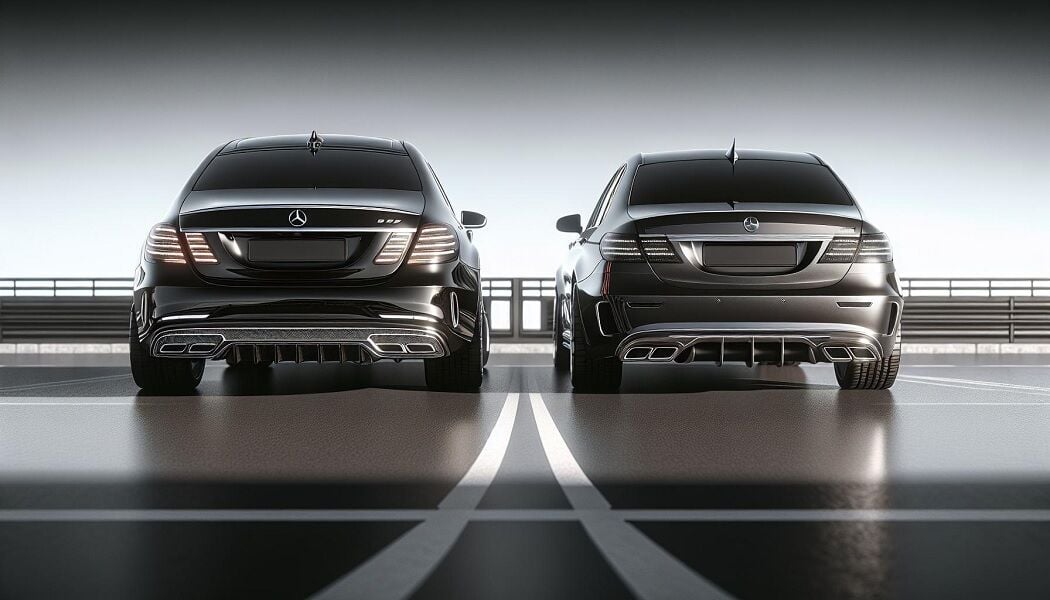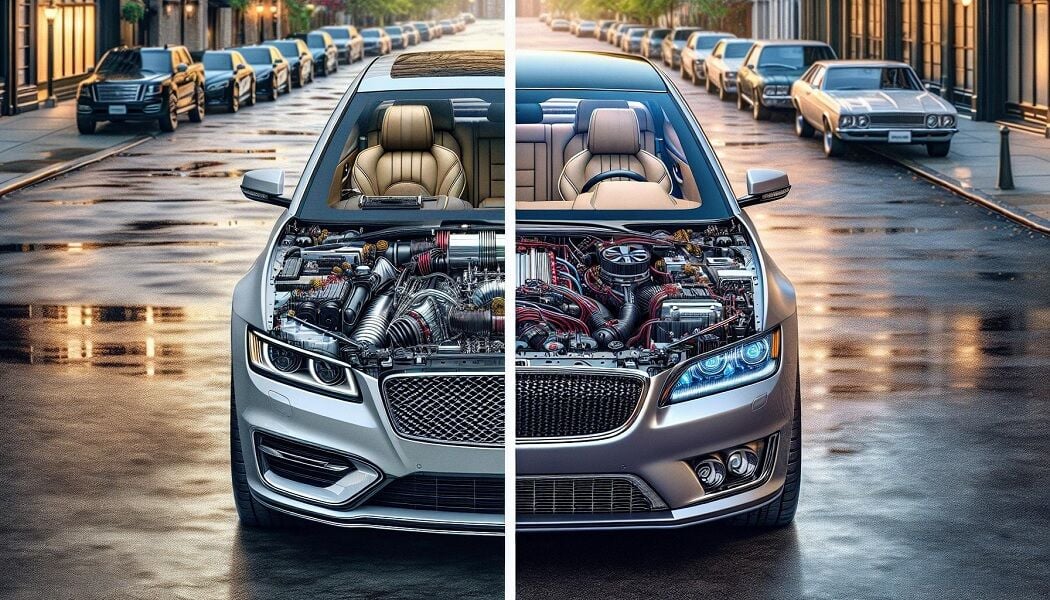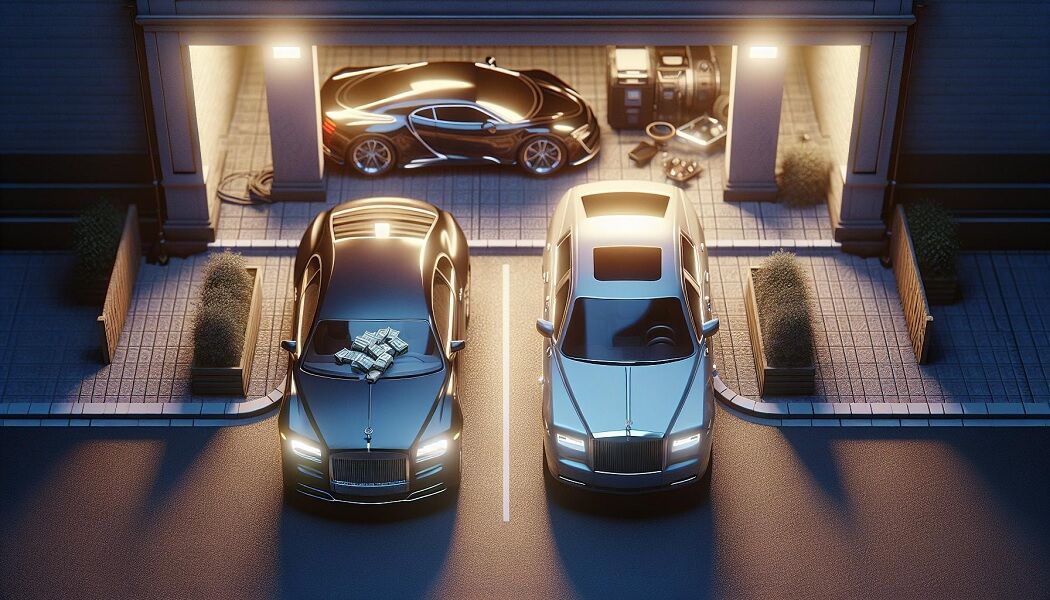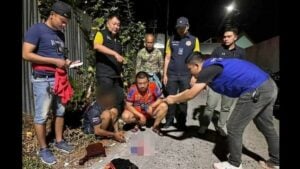Luxury vs practical cars: A comprehensive cost and value analysis

When individuals are in the process of acquiring a new vehicle, they are confronted with an array of options. Among these choices, the decision between luxury vehicles and functional automobiles emerges as a significant consideration. This decision transcends mere aesthetics or cargo space; it reflects on one’s personal brand and lifestyle alignment.
Luxury vehicles, exemplified by the 2021 Porsche 718, showcase exemplary engineering, superior build quality, and commendable long-term ownership value. Despite their premium pricing, these attributes render them judicious investments for discerning buyers. Conversely, practical vehicles such as the 2021 Chevrolet Corvette are characterized by their reliability, cost-effectiveness in terms of ownership, and efficient fuel consumption metrics.
The process of choosing between these vehicle categories necessitates a careful evaluation of luxury allure versus practical utility. Prospective buyers must deliberate on factors including total cost of ownership, fuel efficiency, and vehicular dependability. The essence of this comparison extends beyond mere transportation from point A to point B; it encompasses the desired experience during that journey.
Luxury cars vs practical vehicles

When looking into the differences between luxury and practical cars, it’s really fun to weigh up the pros and cons of each type. Take luxury rides like the 2021 Porsche 718 – they’re not just about showing off. These beauties pack some serious engineering magic and reliability that’s hard to beat. Plus, they keep their value pretty well over time, making them smart picks for anyone thinking long-term. The Porsche 718 is a perfect example; it’s a blast to drive with its top-notch handling and powerful engine, showing us what car joy is all about! And according to IntelliChoice, it’s not just fancy but sensible too, thanks to great scores in long-term ownership costs.
On the flip side, practical vehicles bring a different set of advantages to the table. Take the 2021 Chevrolet Corvette as a prime example. It balances excitement with dependability, sporting a Good cost-of-ownership score for specific trim levels. Despite being an American masterpiece in performance, it doesn’t shy away from offering good fuel economy figures – 22/31/34 mpg city/highway, to be precise. This vehicle embodies dependability without compromising on the thrill of driving.
The key lies in understanding your priorities. Luxury cars, with their flair and engineering prowess, appeal to those valuing performance and prestige. They’re designed to offer an unparalleled driving experience while promising reliability that defies the high initial investment. Meanwhile, practical vehicles make a strong case for everyday dependability and economic sense, appealing to those who prioritize functionality and cost-effectiveness.
Performance and features

When diving into the comparison between luxury cars and practical vehicles, it’s crucial to scrutinize two key aspects: engine power and acceleration, alongside technology and comfort features. These elements not only define the driving experience but also significantly influence your decision-making process.
Engine power and acceleration
Luxury automobiles represent considerable power and invigorating speed. Prestigious manufacturers such as Porsche and Mercedes-Benz are renowned for their creation of vehicles that exhibit superior performance characteristics. These cars often come with robust engines, varying from turbocharged V6 to formidable V12 engines, guaranteeing significant power when required. This capability allows luxury vehicles to accelerate from 0 to 60 mph in mere seconds, an aspect which not only delivers a thrilling experience but also serves as evidence of the sophisticated engineering embedded within these cars.
Practical vehicles prioritize fuel efficiency and reliability over sheer power. While they may not reach the acceleration rates and maximum speeds of their luxury counterparts, models such as the 2021 Chevrolet Corvette adeptly merge reliability with a notable level of performance. This strategy guarantees that driving exceeds the basic function of commuting from one point to another, instead delivering a pleasurable experience throughout the entire journey.
Technology and comfort features
The disparity becomes more pronounced when evaluating the technological and comfort features of luxury automobiles in contrast to utilitarian vehicles. Luxury cars frequently lead in automotive innovation, integrating cutting-edge safety features, entertainment technologies, and interior amenities. Premium leather seating, climate management systems, temperature-adjustable seats, sophisticated audio systems, and touchscreen interfaces are typically standard. For example, meticulous hand-stitching and the use of Nappa leather in luxury vehicle interiors transcend mere visual appeal; they aim to transform every journey into a remarkable experience.
Practical vehicles, on the other hand, focus on providing a competent level of comfort and technological integration without lavishness. Features such as smartphone connectivity, basic safety systems, and efficient climate control ensure a comfortable ride. Although they might lack the opulence of luxury car interiors, the focus is on delivering value and functionality, ensuring the essentials are covered.
Through this lens, the comparison between luxury cars and practical vehicles illuminates the distinct experiences each offers. Whether your priorities lean towards exhilarating performance and luxurious comfort, or efficiency and practicality, your choice will ultimately shape your driving experience.
Cost and maintenance

When you’re weighing up the comparison between luxury cars and practical vehicles, cost and maintenance are crucial factors. These aspects affect your budget in the long term, far beyond the initial purchase.
Initial purchase price
Luxury cars, with their premium features and brand prestige, come with a heftier price tag. They’re designed for those who prioritise sophistication and high performance. For instance, top-notch luxury sedans and sports cars from brands like Audi or BMW start from £26,000. On the other hand, practical vehicles are built for cost-efficiency. Their prices range from £15,000 to £25,000, making them more accessible. These vehicles focus on fulfilling your essential needs without the extra frills. This drastic difference in pricing means you could potentially own several practical vehicles for the price of one luxury car.
Running costs and maintenance
After the initial purchase, running costs and maintenance play a significant role in the total expense of owning a vehicle. Luxury cars, with their advanced technology and intricate designs, often lead to higher maintenance costs. Premium services can exceed £200 for each visit, depending on the type and model of the luxury car. Additionally, luxury vehicles usually have specialised parts and require expert technicians for repairs, further increasing maintenance expenses.
Practical vehicles, in contrast, boast lower maintenance costs. They’re engineered to be reliable and easy to repair. Their parts are more widely available, and any mechanic can usually fix them without specialised knowledge. Moreover, practical cars are more fuel-efficient than their luxury counterparts, thanks to their lighter weight and more straightforward engineering. This efficiency translates into noticeable savings on fuel over time.
Resale value
When considering the acquisition of a new vehicle, it is imperative to understand the implications of resale value. Vehicles that fall into the luxury category and those deemed practical exhibit divergent patterns in terms of depreciation. An in-depth examination is merited to elucidate these differences. Luxury vehicles, characterized by their lavish features and superior design, experience a more pronounced depreciation in the initial years following purchase. This phenomenon can be attributed to their elevated initial cost and perceived prestige, which may not necessarily resonate with the demands of the secondary market. This distinction plays a critical role in contrasting luxury automobiles with their practical counterparts.
When it comes to saving money in the long run, electric cars emerge as the clear winner. Despite higher initial costs, their lower running expenses, minimal maintenance needs, and governmental incentives make them a cost-effective choice over time. Petrol and diesel cars, while initially cheaper, tend to incur higher fuel and maintenance costs, making electric vehicles the smartest financial choice for future-oriented drivers.

































